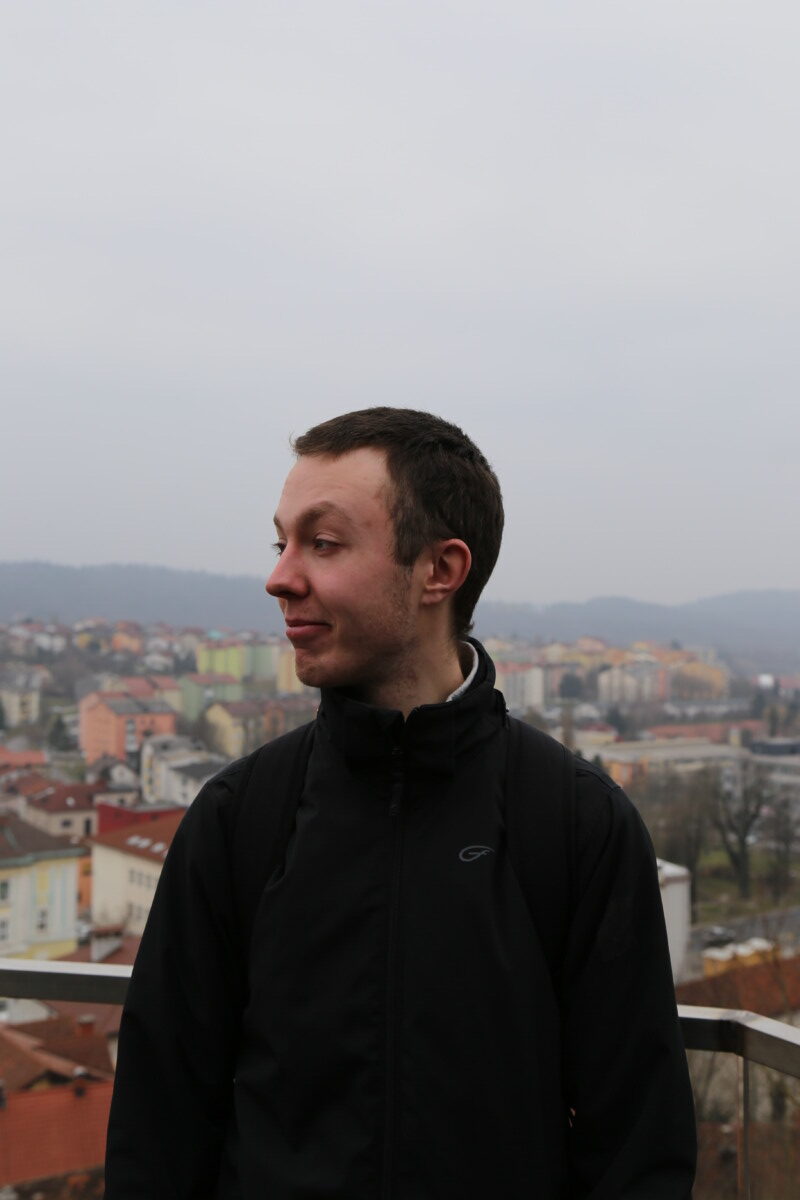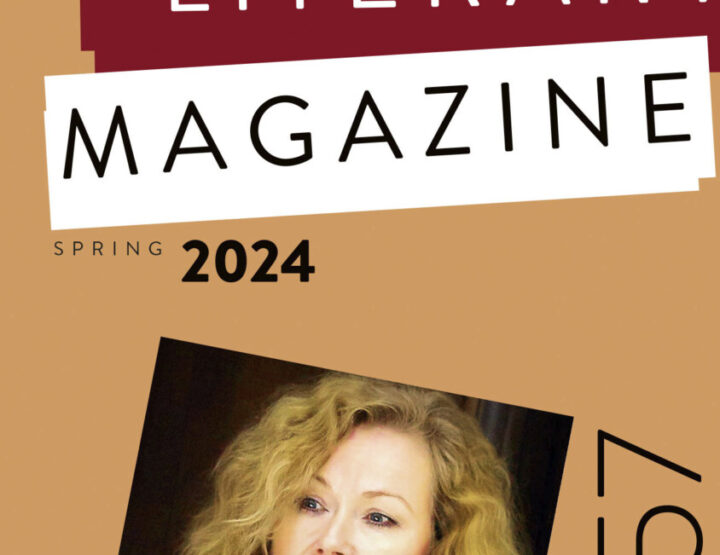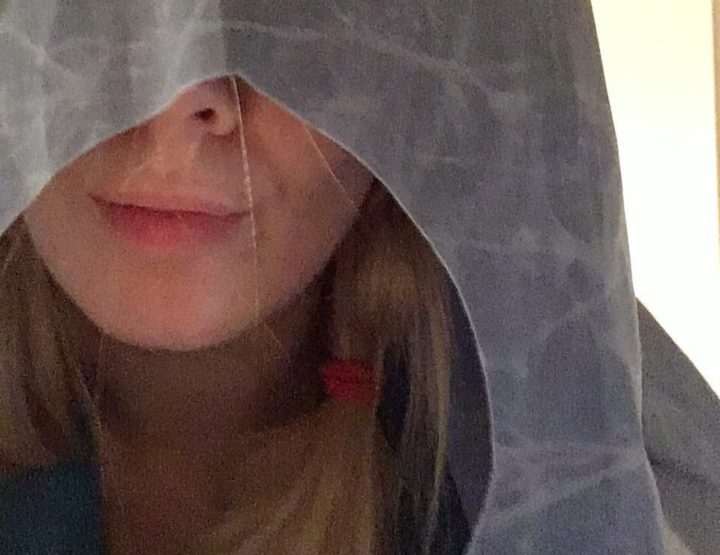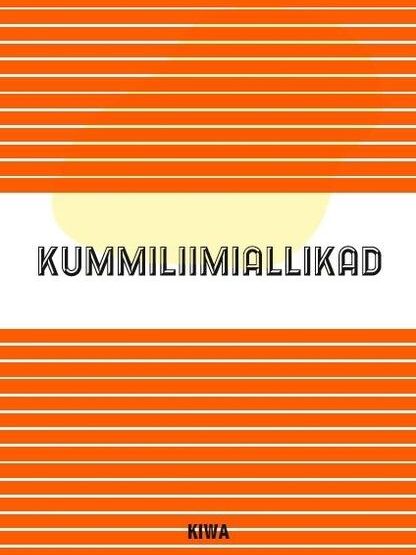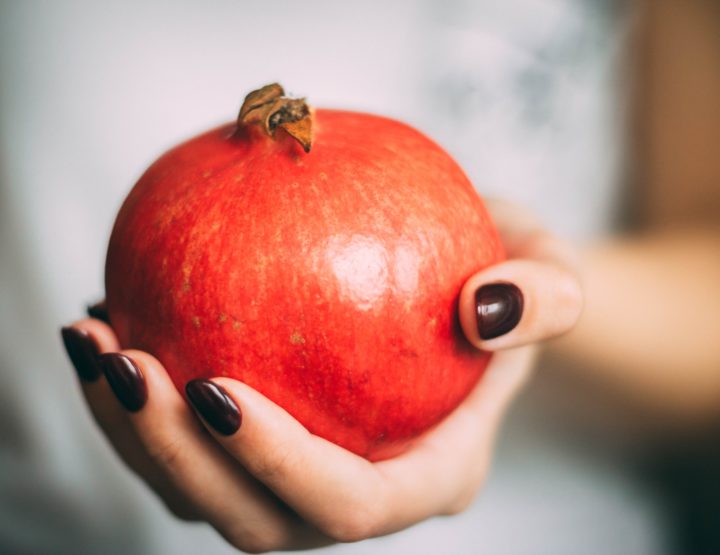ELM asked three young Estonian writers to consider the future of Estonian literature. What direction is its substance and form heading? What young authors should we Google every now and then in the coming years? Above all, what can be done to keep us all reading? Karola Ainsar, Johan Haldna, and Reijo Roos shared their thoughts.
Reijo Roos: There Will Always Be a Writer Who Wants to Say Something and a Reader Who Will Listen
It’s not easy to predict the future, much less the future of Estonian literature, which, given its small nature, is relatively receptive to outside influences. The influential authors of the future may not even have begun writing yet and might not even be born.
I bounced ideas around with a few others who deal with young Estonian writers. Each approached the question from a unique angle, which shows how broadly something as diverse as Estonian literature can be viewed.
When discussing the trends that have stood out in the last few years, Hanna Linda Korp, the editor of the youth literary magazine Värske Rõhk, highlighted the popularity of linguistically playful and surrealistic poetry. Poetry seems to be a springboard into writing for many young Estonian authors, as it can be written casually and is easy to share. Generally speaking, fiction has become more autobiographical, which is a trend that’s also present in Finland.
The multitalented (composer, oboist, poet, literary critic, and model) Gregor Kulla believes Estonian literature has diversified, with different social groups enjoying increasingly better representation. Young writers are questioning the classical canon (though that could, of course, characterize the youth of every era). Poet, artist, and journalist Sanna Kartau says that Estonian literature is somewhat misleading because writing (and art overall) isn’t always (or often) practiced out of a sense of national belonging but to express oneself and gain the attention of other creative persons. In other words, even the diversification of national identities that stems from globalization can be seen as a factor that affects literature.
There’s also no avoiding technology, which appears to be taking over every area of life. Digital devices make writing easier and easier, and the internet has made sharing texts and finding literary information nearly effortless. Reading itself has been streamlined by books’ digital and audio versions. As a counterbalance, the rest of media has also accelerated and facilitated the practicing of other arts. Literature has seemingly grown more niche while competing with film, video, photography, and other newer genres for attention. The options available to those who produce and consume art have increased, which is naturally positive in and of itself.
Additionally, AI is making text creation increasingly accessible, though I don’t believe it’ll steal work from writers themselves. In the same way that the rise of digital cameras didn’t suppress the creation of photography but rather boosted the value of photos taken on film, AI will only help more people to create fiction while not reducing (and maybe conversely increasing) the value of human-written texts.
AI, the metaverse, and other similar phenomena may impact how literature is consumed but are unlikely to change the process of creating it. There will always be a writer who wants to say something and a reader who will listen. So, it has been for generations and is unlikely to change in the next fifty years. Some topics might be more prominent over the coming decades (i.e. climate, equal rights, artificial intelligence, and globalization). Still, in the end, people are fascinated most by other people’s thoughts and emotions.
It’s hard to say who or what will pan out in the long term while existing within the process. Looking back over the last thirty years, time has polished clear aspects that characterize the period in retrospect. Today’s clarity may be given by thirty more years of waiting, but even so, I’d like to conclude by naming a few specific young writers who have recently stood out – both to me and to the peers I mentioned earlier. These people seem to stand almost neck-deep in literature. Fatally, fully.
Aliis Aalmann, Johan Haldna, Elisabeth Heinsalu, Richard Jerbach, Saara Liis Jõerand, Sanna Kartau, Sofia-Elizaveta Katkova, Gregor Kulla, Triinu Kree, Katrin Kõuts, Kertu Kändla, Riste Sofie Käär, Emma Lotta Lõhmus, Janika Läänemets, Liisa Mudist, Heneliis Notton, Mirjam Parve, and Hella Õitspuu.
Karola Ainsar: Between Picture and Word – How Can We Get Everyone to Read?
I grew up in a village surrounded by fields and gravel roads. In summer, you could walk quite far without encountering anyone. But you also had to know what direction to take. The village has a little library with a blue roof. When I think back to my childhood, I also think of books, summer, and a tent my parents gave me, set up behind our apartment block, where I’d read borrowed library books. Engrossed in some, scanning pictures in others. Big, heavy books were good for reading at home; smaller, lighter ones for reading on the way somewhere else.
The library, which doubled as a culture and information center, became a place where I learned how a community shares knowledge and spends time together. It must have left a deep impression at a very young age because, on my fifth birthday, I set up a “reading corner” in my bedroom where I’d read my grandma’s fairy tales. I believe that the written word plays an important part in bringing people together.
Together with artist Daria Morozova, I started working at the Täisnurga Gallery last autumn. Instead of drafting a text to accompany every exhibition, we print an interview with an English translation. I don’t see galleries as magic spaces where the exhibition immediately pulls visitors into its enchantment. A text can be a quiet and effective guide if it’s put into an accessible form, and you establish favorable conditions for reading it.
I’ve been greatly influenced by some of the Estonian Academy of Art’s publications on artists who use interviews to document, archive, and communicate. Another example of what’s fresh and breathing in today’s rhythm is the Association of Young Estonian Contemporary Art’s monthly newsletter, which always has an interview that reveals what young artists are currently discussing.
When we document and create a common field of information by sharing that documentation, then often, meetings that didn’t actually take place occur in real-time. When I go to a flea market and buy a booklet from an exhibition that I missed but which some of my acquaintances probably visited, then I encounter that and that place with a slight delay. When I come across a group exhibition catalog and leaf through it over and over again, I hold within myself a place that I can share with others without us ever needing to speak about it.
Small publications fit in your pocket, and A4-sized paper can be folded and taken along, so I always grab two copies of the text from every exhibition I visit. Whenever I meet another archivist, I give them one to read so they can make contact with what I’ve already encountered. I believe there’ll always be something I can take along, and we’ll always meet on every occasion without fail.
Johan Haldna: Back to Stories
I don’t have much to say about Estonian literature’s future health and success. I don’t know how much will be read, whether it’ll be translated, or how much will be paid in grant money. What I can speak about as an author is where I believe literature’s form and substance are headed.
But before I venture to outline the future, I must talk about the present (as I see it). Books written by today’s youth, including my own, typically contain introspection guided by a desire to write an insightful work that might make the author, reader, or both more whole. It’s a form of self-therapy that operates through the detailed observation of one’s surroundings. A few possible mantras might include keeping everything in mind, not only thinking about yourself, fostering and applying empathy, speaking of things you’re afraid to talk about, and criticizing yourself as much as you criticize others.
The youth literary magazine Värske Rõhk includes a section in diary format, which is a form of writing that matters greatly to young authors. Equally important are travelogues, personal (paper) letters, dreams, and memories, not as fiction, but as documents or archival entries that accumulate. The end goal of this accumulation is, of course, emancipation. However, we differ from modernists in our manner of achieving that freedom: therapy, not revolution. Introspection isn’t the sole or most important characteristic of young Estonian literature, and neither is it our own invention. Here, I’d point more to the author Tõnu Õnnepalu. At the same time, some young authors have begun to protest this introspection, and I believe it’ll work out for them.
I predict the return of the “good story”. I predict young Estonian literature will adopt the fictiveness of any substance and form and might, therefore, break its oath of introspection, i.e. every book constituting a piece of the emancipation puzzle. Naïve tales, myths, and legends will return. Stories in which the relationship between substance and reality doesn’t matter. Questions such as “Did that really happen?” and “What does this book tell me about the real world?” will also be equally unimportant. Literature won’t totally lose its ties to the real world or rise entirely to the heights of fantasy, but those ties will become secondary. The introspective “What do these feelings mean?” will be replaced by “Was that a good story?” Differences will be multifaceted and cardinal. Whereas a story will be made up of one or two works, the glimmering meaning of “feelings” will be embroidered throughout the fabric of the author’s entire catalogue. Characters in a story are simplified persons a priori. Introspective literature, on the other hand, is populated by persons whose simplification into “characters” would reduce that introspection’s quality. Stories are usually longer than introspections and easier to read, as the linguistic meta-level of the latter isn’t necessary in any ordinary tale.
My only conviction is that young Estonian readers long for stories, and we yearn for a gripping, interesting narrative. Increasingly, we prefer writers like Olga Tokarczuk or Ursula Le Guin over those like Õnnepalu, books in which the characters experience more than just buying rye bread from a Soviet grocery truck. Less introspection, more fantasy.
Reijo Roos (b. 2003) is an Estonian-Finnish poet who has published two collections: cranes eagles seagulls and hi may I (the latter in Estonian and Võro). In 2021, he founded the Youth Section of the Estonian Writers’ Union, which has brought together a new generation of writers and publishes an annual almanac titled Grafomaania. Roos became the youngest member of the Estonian Writers’ Union in 2023.
Karola Ainsar (b. 2000) is a writer and painter who focuses on the mundane moments, desires, dreams, and beliefs that inevitably develop through the repetitions of daily life.
Johan Haldna (b. 2000) is a writer, poet, and filmmaker.
Helena Läks (b. 1987) is an Estonian poet, editor, and publisher.

